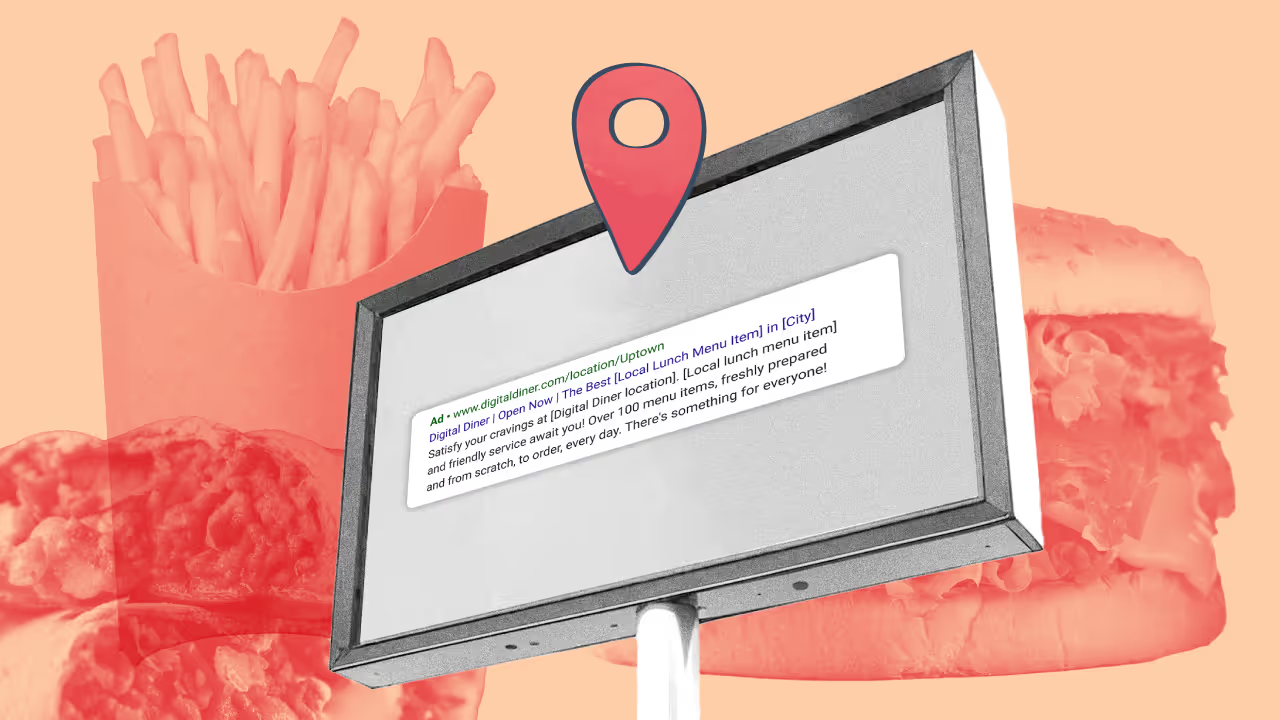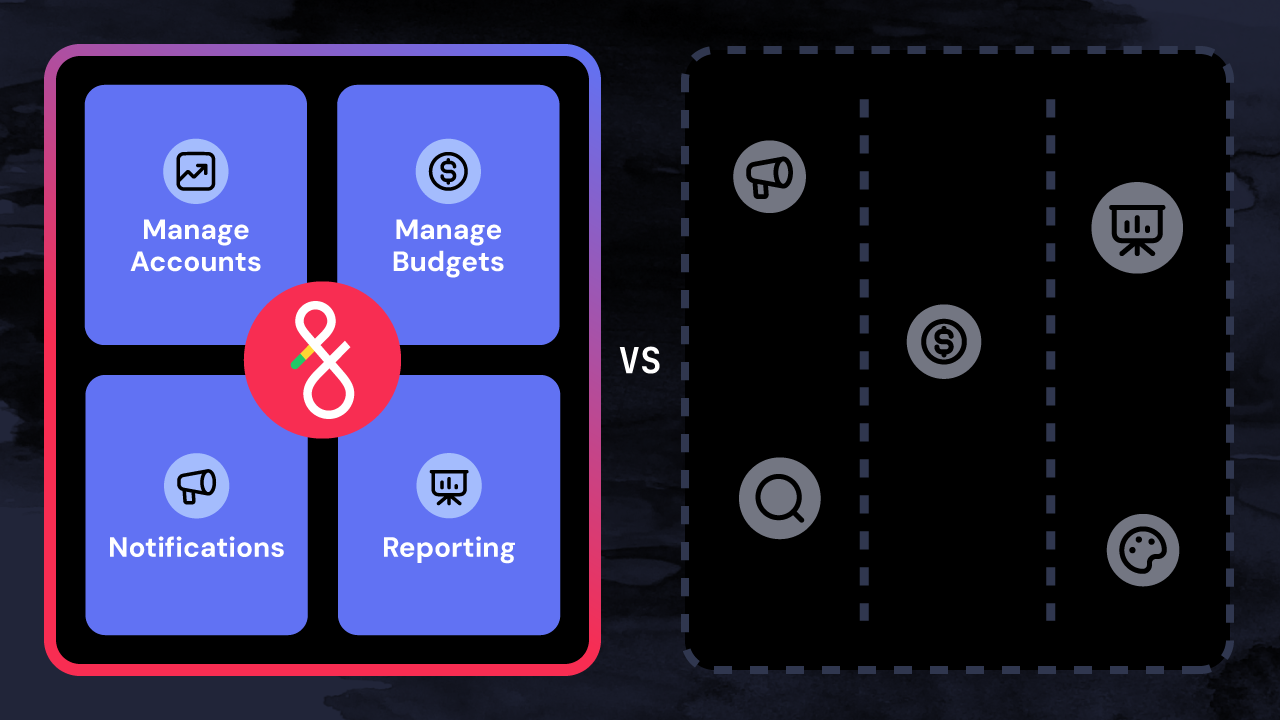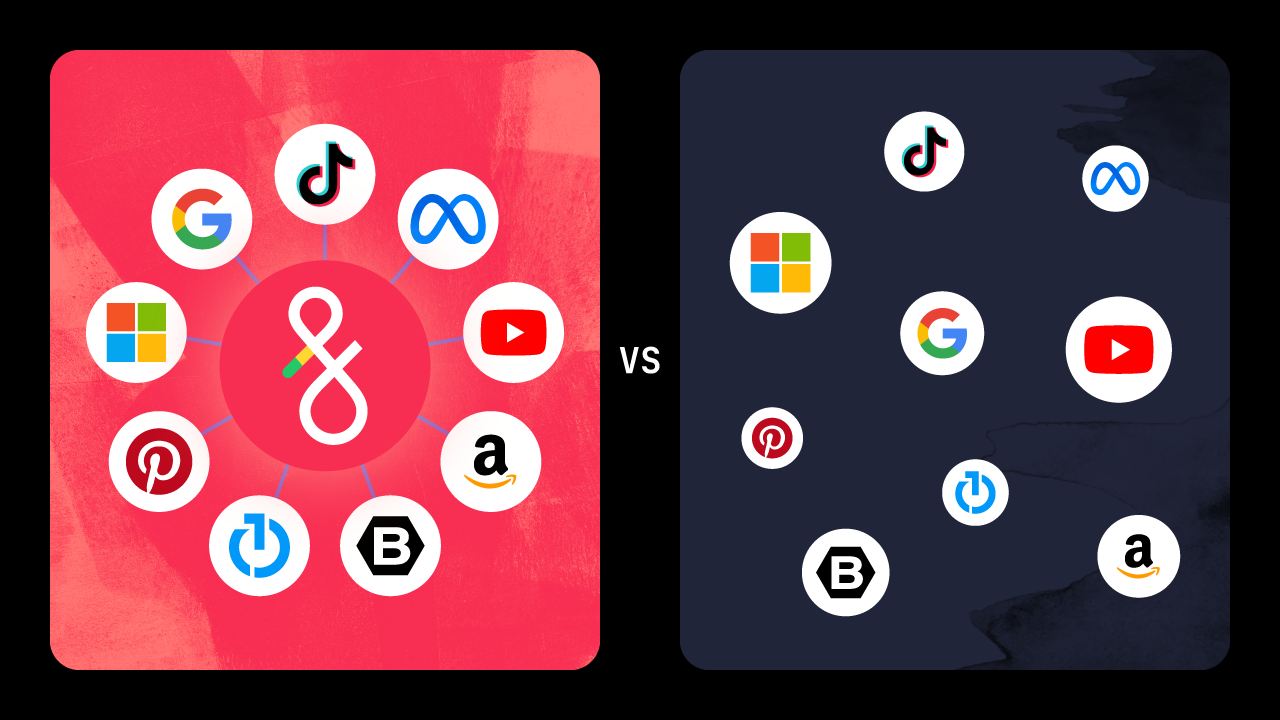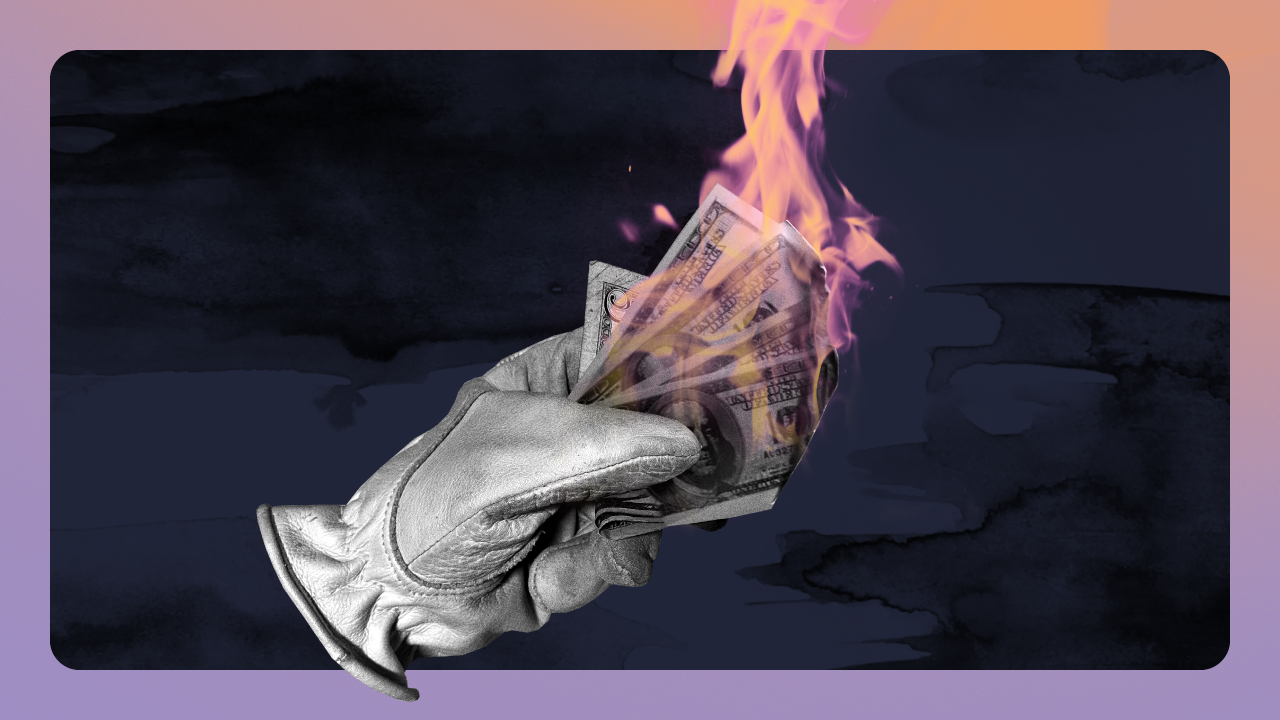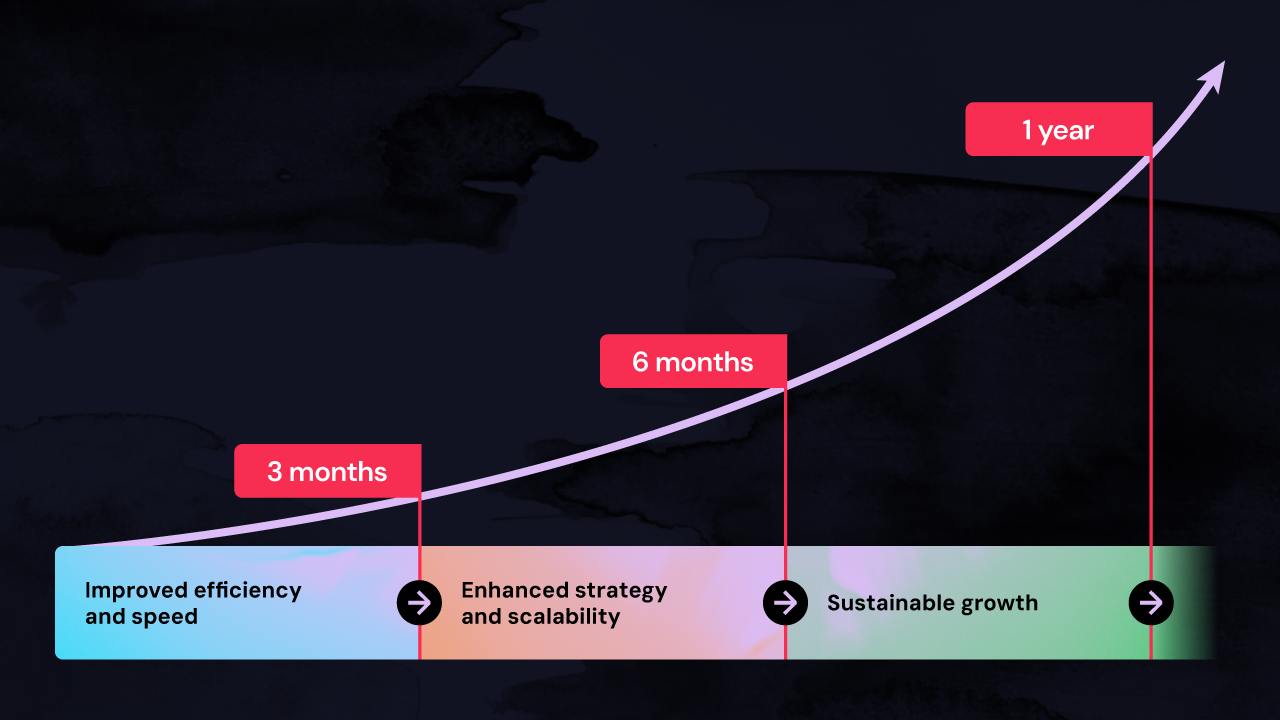Data-powered advertising is essential for franchise advertising, especially for QSRs (Quick Serve Restaurants). However, many QSRs struggle with fragmented data sources and manual-task-heavy workflows that impede localized targeting across their entire multi-location portfolio.
Automation enables you to expand the depth and breadth of your QSR advertising strategy by leveraging key, custom data points at scale.
This article explores four ways that automation scales hyper-local QSR advertising efforts, making it possible to deliver highly targeted campaigns across multi-location portfolios.
Bring in customer data for highly customized targeting
Many QSRs maintain a deep, ever-growing well of customer behavior and preference data. However, fragmented and siloed data systems prevent ad ops teams from tapping into these data points for localized campaign targeting. For example, CRM data typically lives in a silo outside of advertising publishers, making it difficult to incorporate the latest customer data into ad strategies.
It’s no secret that customer data is a gold mine for QSRs looking to tailor multi-channel ads to specific customer needs and preferences. So how can you integrate primary data sources (like customer data, location information, and inventory feeds) into dynamic, data-driven campaigns? You need to centralize and synthesize your data into a single access point.
Centralizing data sources into a single hub removes the manual load of accessing, downloading, and compiling complex data sets to generate campaign content. As an added bonus, if you’re working directly from source data, you can be confident that real-time data is automatically pulled into your campaign work. This ensures you work with the most accurate and relevant data sets for optimal performance.
Using automation in this way allows you to incorporate insights like purchasing patterns, preferred menu selections, and purchasing peak times directly into targeted advertising campaigns, enhancing their effectiveness.
Instantly create localized ads across your portfolio
Location-based data is vital for targeting customers in specific geographic areas. But for QSRs running multi-location ads, incorporating the right data points for each unique location can be a daily struggle. Doing this work manually significantly increases the likelihood of errors: you wouldn’t want to get caught pushing ads for cheesesteaks in Pittsburgh.
Let’s revisit the value of using generating ad copy or creative assets straight from your data sources. A centralized data platform also enables you to plug in relevant location tags—zip codes, menu items, or store addresses—directly from your data sources and generate localized campaigns at scale. This eliminates manual data entry and ensures 100% alignment between your ads and your data sources.
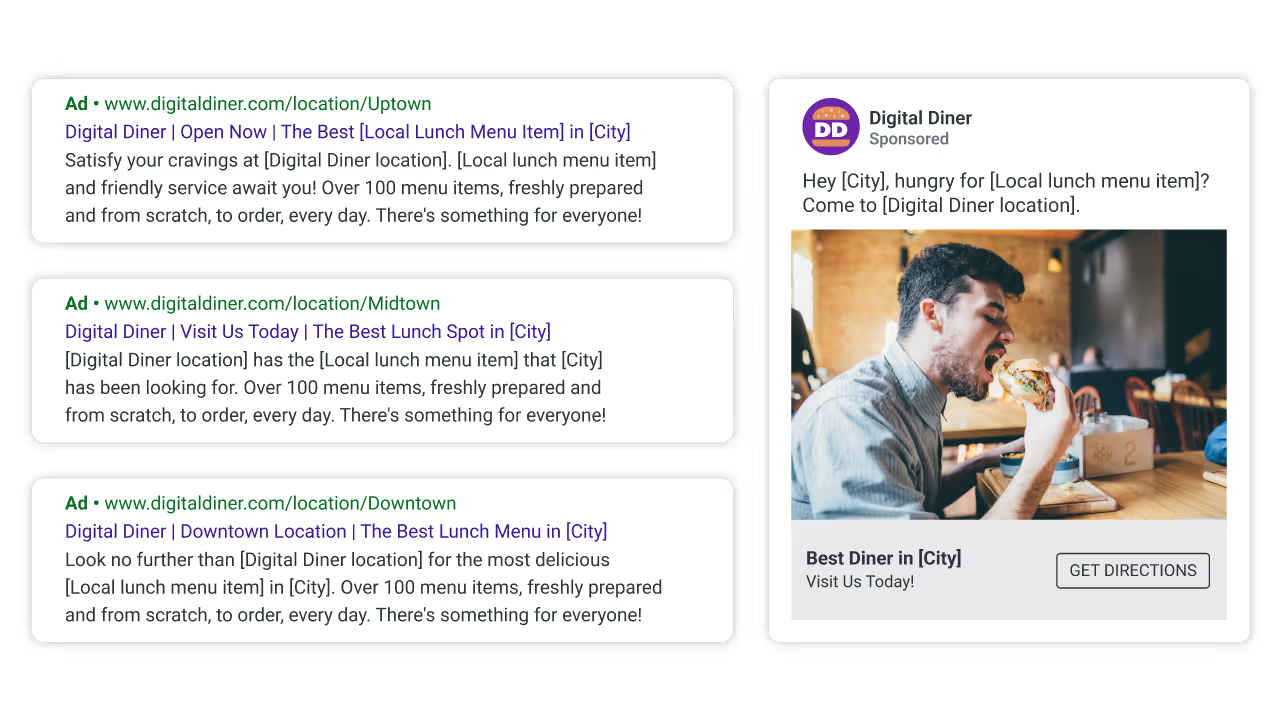
Since automation thrives in rule-based environments, it’s possible to generate an infinite number of campaign assets instantaneously using location-specific tags. For example, pulling in tags like [State], [City], and [Local lunch menu item], automation can create ad copy across your entire portfolio in a click. Take a look at these few examples:
“The best [Local lunch menu item] in [City], [State] is at [QSR company]!”
“Hey [City], hungry for [Local lunch menu item]? Come to [QSR company].”
“Look no further than [QSR company] for the most delicious [Local lunch menu item] in [City].”
“[QSR company] has the [Local lunch menu item] that [City] has been looking for.”
Now, imagine being able to generate this volume of ads for every location under your QSR’s umbrella in an instant. Not only are you multiplying your ad copy generation efforts, but you’re accurately pairing the right messaging components for your complete multi-location portfolio without any additional effort.
(Even better: a platform like Fluency can push ads directly to publishers like Google, Basis, and Amazon Sponsored Display in a snap. This saves you hours of time since you’re not individually programming each ad set for every publisher or channel.)
Utilize geofencing data for timely targeting
Geofencing (sometimes called geo targeting) allows you to set up virtual boundaries around specific locations that trigger targeted promotions when customers enter these areas. QSRs can utilize geofencing to send limited-time offers or special discounts to people within a certain radius of a store location.
Manually synchronizing data points demands significant effort from your team, often making it difficult to justify the return on investment for something as hyper-targeted as geofencing. You’ll spend so much time managing and integrating each nuanced element of the campaign that it’s impractical to replicate this level of work for every location.
But imagine, for example, if you could automatically sync up the right menu items—breakfast, lunch, and dinner offerings—with a specific time of day within a geofence around each of your QSR locations. You could push special promotions, limited-time offers, or more nuanced messaging without taking on the heavy manual workload for every location.
Automation can make this possible by synchronizing the correct data points for each of your locations at the right time. Customers can get the right targeted messages or promotions within a specific geographic area, providing them with a hyper-personalized experience when they’re most likely to convert.
All that remains for your teams to do is ensure that data sources are up-to-date and monitor AI-generated campaign recommendations to ensure optimal performance.
Play off local events for a community focus
As previously discussed, there’s no shortage of data points that automation can leverage when bringing local color to multi-location advertising campaigns. Because automation excels at following specific if/then rule sets, these tools can be trained to incorporate different meaningful data points under different conditions. This means you can set up specific keywords, ad copy, or ad creative to be triggered when certain criteria are met.
Let’s say one of your QSRs is near a major sporting event venue. By integrating the local team’s game schedule into your advertising data matrix, automation can instantly flip on event-specific messaging and promotions within a campaign when the timing makes sense.
What might this look like? Maybe you bring clever football terminology or visuals into your display ad sets when there’s a home game. Maybe you offer specific promotions or discounts in the hours leading up to a game, knowing that there’s likely an uptick in foot traffic from game attendees.
“Local events” could also include something as broad as the weather. A sudden snowstorm would trigger display ads to show hot coffee instead of iced coffee. If the temperature hits 80 degrees, automation can instantly swap your copy about hot sandwiches to crisp salads.
Thinking globally, performing locally
The potential is boundless when scaling quick-service restaurant digital advertising localized targeting efforts through automation.
The ability to quickly generate targeted ad copy, automatically swap creative assets, and deliver timely messages based on nuanced local components expands your team’s testing opportunities exponentially. Better testing and experimentation can drive better results.
In fact, one of our clients saw a franchise account with 100+ locations achieve a 33% average increase in conversion rates following an automation-powered strategy refresh.
At its core, automation opens up your localization toolbox. When manual workloads are wiped from your plate, you free up the capacity to think creatively and strategically about what makes sense to run during certain times. In essence, automation simply activates your strategies at scale.
Ready to see what automation can do for your QSR? Let’s chat.

